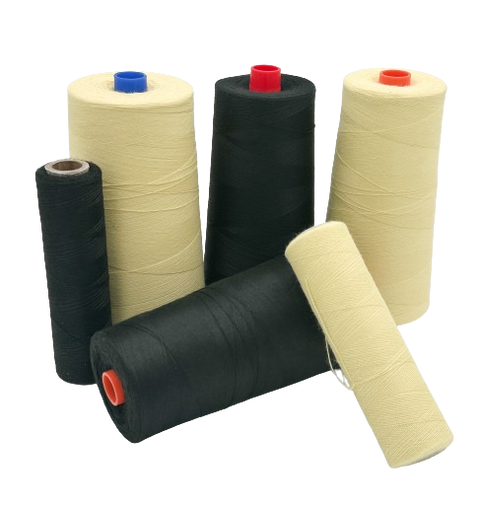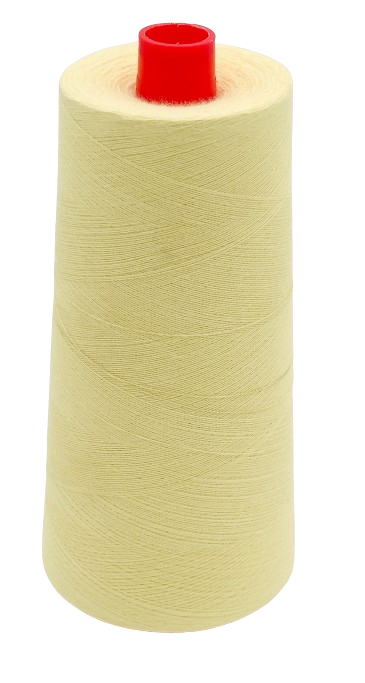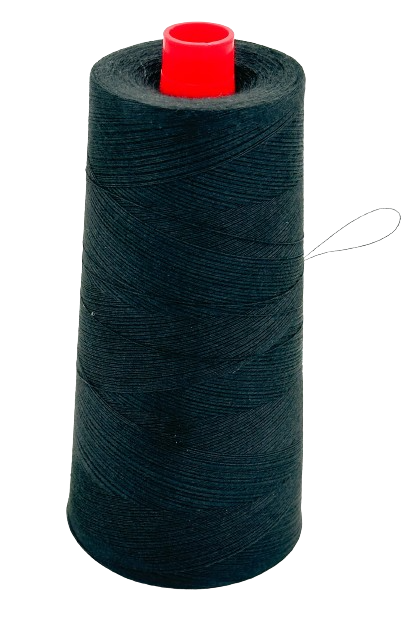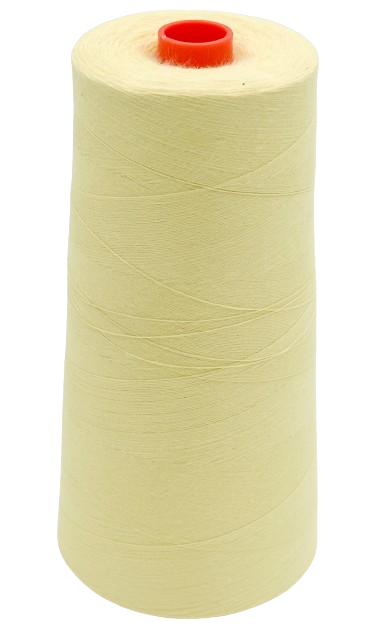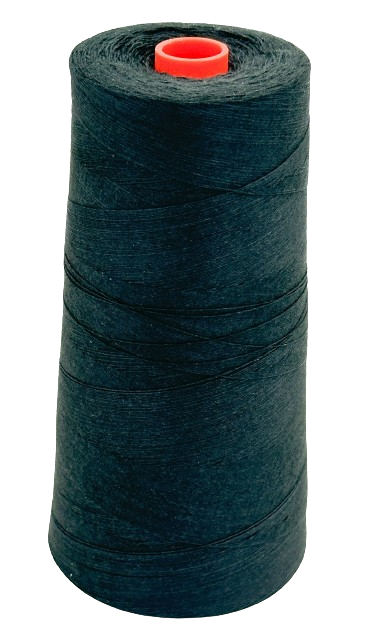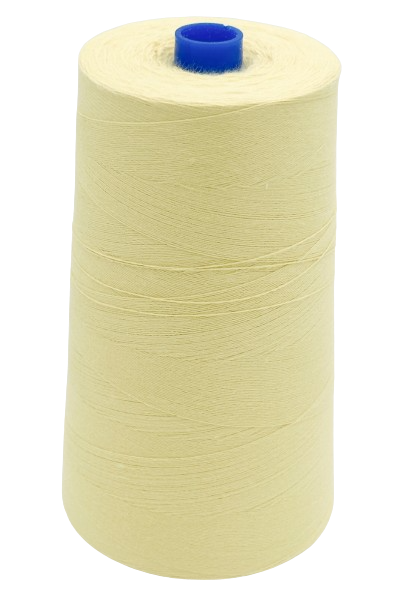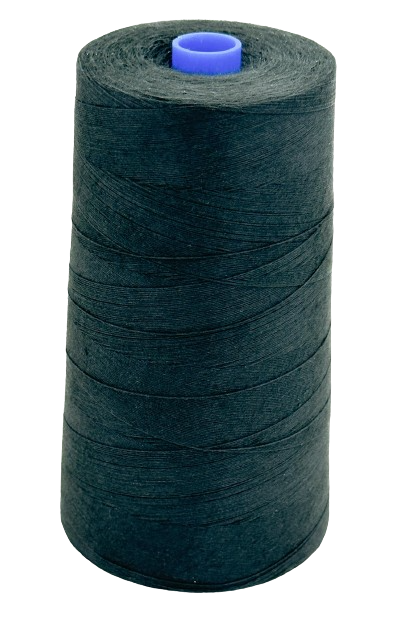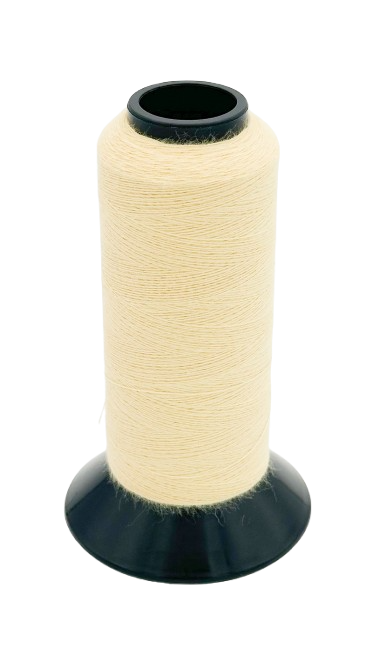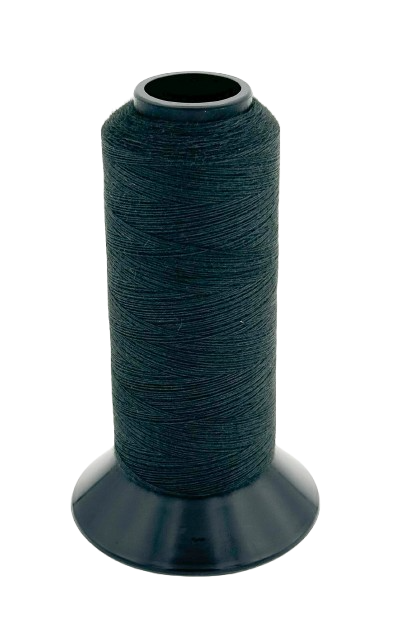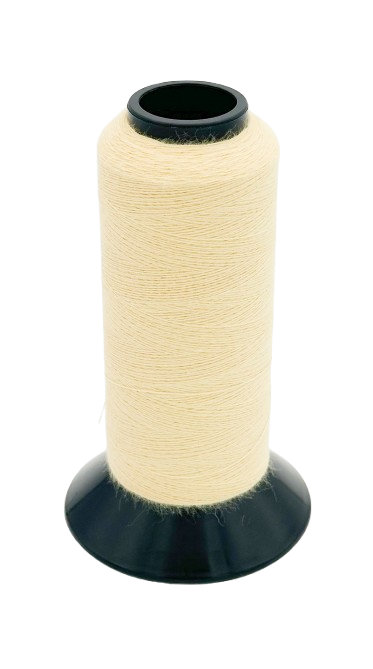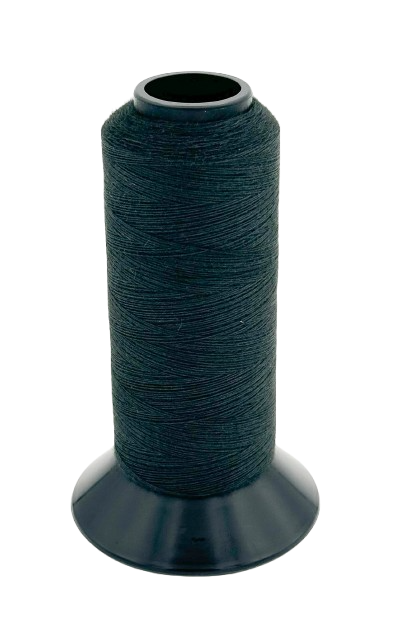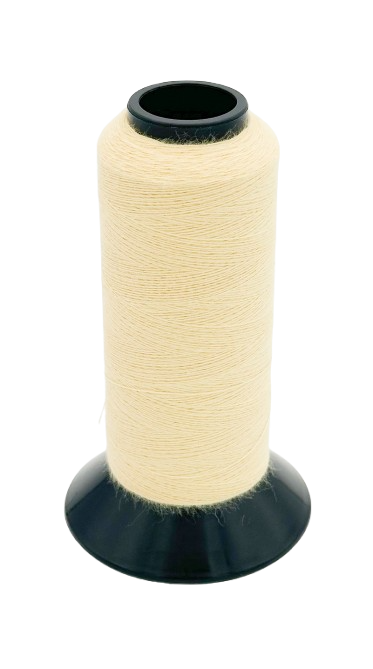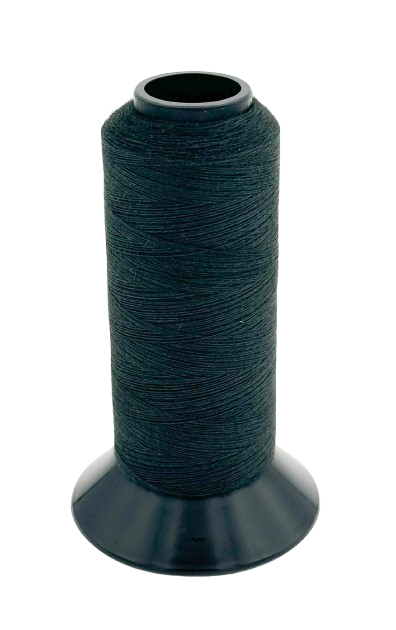About This Item
Product Tech Specs
Tex |
Fiber Type |
# of Plies |
Diameter |
Break Strength (Initial) |
Break Strength (Post Heat Aging) | Elongation %
(max) |
Yield
(FT/LB) |
|---|---|---|---|---|---|---|---|
40 |
Kevlar® |
2 |
0.235mm (0.009") | 6.0 lbs (26.6 N) |
1.80 lbs (8 N) | 6% | 37,310 ft |
60 |
Kevlar® |
3 |
0.288mm (0.011") | 8.5 lbs (37.8 N) |
3.00 lbs (13.3 N) | 6% | 25,000 ft |
80 |
Kevlar® |
4 |
0.332mm (0.013") | 12.0 (53.3 N) |
3.25 lbs (14.5 N) | 6% | 18,860 ft |
Scroll right to see more!
Product Details
- 100% Kevlar® fibers
- Made in the USA
- Manufactured to conform to A-A-55195B
- Berry Amendment Compliant
- Splice free, 1 continuous length per tube
Tube Type & Quantity
Product Performance
- Outstanding high heat and flame resistance
- Excellent flex and seam strength
- Fire retardant and self-extinguishing properties
- Ideal for fire retardant clothing and other flame-proofing materials
Product Recommendation Guide
|
Tex
|
Garment Type
|
|---|---|
|
40
|
Light to Medium Garments
|
|
60
|
Medium to Heavy Garments
|
|
80
|
Heavy Garments
|
Scroll right to see more!
Kevlar® Resistance Guide
Para-aramid fibers, such as Kevlar®, exhibit excellent resistance to high temperatures, maintaining their mechanical properties even at elevated temperatures. This heat resistance makes them suitable for applications in thermal insulation and protective clothing. Additionally, Kevlar® fibers demonstrate good chemical resistance, enabling them to withstand exposure to acids, alkalis, and many organic solvents without significant degradation.



This fiber will degrade with prolonged UV light exposure. These fibers will brown and weaken over time. Please keep this fiber stored away in a dark room and in the UV protective bag the fiber was shipped in.

This fiber will absorb atmospheric moisture up to 5-7% in weight. This fiber should be stored in a cool, dry room with low humidity. A desiccant bag was included with this fiber to prevent regain during transit and short-term storage at your facility.

Acid: Prolonged exposure to concentrated strong acids will cause degradation
Alkali: Degrades with prolonged exposure to Sodium Hypochlorite
Organic Solvent: Moderate degradation in Carbon Tetrachloride and Ethylene Glycol

Continuous Operating Temperature Range (°C): -40 to 170
Short Term Exposure (°C): 420
Degradation Temperature (°C): 480
Suggested Applications
- Aerospace
- Fire Safety
- Flame Retardant Clothing
- Industrial Safety Gear
- Medical Textiles
- Embroidery
- Clothing & Apparel

